Indian Road Safety Campaign, Solve
Description
Every year India loses more than 1.4 lakh people due to road-crashes with more than 60% of them being in the age-group 15-34 years as per Indian Central Govt. As of 2018- WHO Global Status Report on Road Safety, Road crashes are the leading cause of death among the youth (5-29 years of age) in the world with India being the table-topper across the globe with more than 3 lakh road crash fatalities. Indian Road Safety Campaign, Solve in India works with a vision to make Indian roads safer via youth-led community driven multi-sectoral initiative.
Indian Road Safety Campaign, Solve started with loss of 4 students in a road-crash in 2014 and since then has grown to be the largest youth-led road-safety initiative in India running across the spectrum of spreading awareness, developing technologies, making laws efficient, improving infrastructure, designing efficient policies and training people, all being driven by the community with help of technology and collaboration. <br />
The objective of the practice is to reduce the number of road-crash fatalities in India through youth led community driven multi-sectoral action. The practice has been working on the pre-crash [trying to spread awareness, solve infrastructural issues, improve enforcement], during crash [ working in terms of vehicular enhancement to make sure the impact of the same can be reduced and development of relevant technology] and post-crash [building an army of first-responders, enabling the govt ambulance infrastructure with tech and promoting collaboration in this domain]. Overall, the issue of road-safety can only be solved if we work on all the aspects of the same – medical, law, technology, awareness and our organization is trying to do the same by working across all sectors via youth and experienced people from the relevant fields. The issue can only be solved if all the domains come together and work together with help of youth and technology. <br />
<br />
What we have done different: Empowering cities to solve their own road-safety issues via youth led community driven multi-sectoral action backed by data and technology under the mentorship of experts. Indian Road Safety Campaign (IRSC) has been able to scale from a small college project to the largest youth led organization in India because it has developed a platform and has empowered the youth to contribute to the field in the manner they want to, using their creativity or tech skills and we have given them an opportunity to contribute to the field, learn their trade and at the same time get exposure to work with governments, experienced people and the international organizations like UN and WHO to leave everlasting changes to the field of road-safety. Additionally, a hundred of different stakeholders were working in silos across the country and we have been able to connect them and bring them on a single platform, help them via technology and youth power to amplify their work. <br />
Through IRSC, we have been able to make road-safety the talking point of the nation and that has enabled us to speed up the work towards the SDG 3.6,11.2 and 17 at a greater pace. Additionally, what has helped us, is our approach to tackle the problem holistically.In a nutshell, Indian Road Safety Campaign, Solve (IRSC), has been able to connect the youth from different sectors across the country to the mission of road-safety and we have just begun with the 3% reduction in the accident fatalities. Over the period of the next four years, we envision to reduce the fatalities by 50% and achieve Vision Zero by 2030 thereby saving millions of lives.
Key Partnerships: Central Govt: Ministry of Road Transport and Highways, Ministry of Youth Affairs and Sports, Ministry of Human Resource Development), State Govt: Maharashtra Govt, UP Government, Haryana Govt, International Organizations: WHO and UN (UNITAR), Corporates: Ford, Shell, Mercedes, Vodafone etc , Academic Institutions: Premier Tech, Law, Medical Colleges in India and abroad like MIT, IITs, AIIMS etc, NGOs: Savelife Foundation, ArriveSafe and 50+ NGOs
The project was implemented and executed phased wise. The first part of the project was initiated as a small activity as part of the academic curriculum in a college which gathered a large support from the professors and the admin as the institute had recently lost gems to a road-crash sometime back only. We started with spreading awareness because most of the students didn’t knew about the word of road-safety. Slowly, we realised that only awareness will not solve the problem until and unless the students go out and experience the same, work on the ground level and solve local issues. Hence, we started with the Policy fellowship programs where we sent youth from one college to their home locations for a period of 2-3 months. In India, generally students travel back to their hometown. We wanted to capitalize on this time and motivate them to solve a local road-issue. The students had been living in their hometown for more than 18 years and generally knew the ‘killer roads’ or the issues persistent in their town in and out. Hence, we developed a 4 phased program wherein the students were expected to pick a local problem, conduct stakeholder analysis and collect a lot of data, prepare a technically validated solution with help of experts and get their solution implemented with help of the authorities. This program of ours was a run-away success as it led to 70+ students solving different issues in 35+ cities in India.
This was able to solve major issues and some of them were even blackspots. The initiative gave the students first-hand exposure of the problem and how to crowd-source solutions and use help of administration to implement solutions
Also, we realized that anyone can solve a road-safety issue if he/she has the required passion and we can support them with someone who is an expert in the field. Hence, we took a problem being worked by the masses to the common people. Additionally, we realized that the people have different skills and road-safety is a multi-sectoral issue, hence if we can build the right platform, where people can do what they like to do and still contribute to the field, we can create long-term changes to the field. Hence, we created an annual championship for colleges across medical, arts, technical, law domains for students to work in the field under the mentorship of experts for a year to improve the scenario of road-safety in and around their community and to come with innovative solutions to the field.
Monitoring Mechanism: Everything we did was closely monitored via a tech platform and phase wise approach. We induced competitiveness to the social sector for the first time and awarded people who created the best impact. Before working on a site data is collected about the road accident fatality and all interactions are video/audio recorded. Data is collected after an intervention has been made after significant periods.
1. Creation of the largest youth led initiative on road-safety that has brought all the stakeholders together for the first time
2. Youth and Experts from the Domain are working together to reduce the problem of road-crashes and make Indian roads safe
Outputs:
1. Youth, which was dying in the road-crashes, is itself working to reduce the fatalities and is also helping in multi-sectoral action to reduce the number of lives being lost in the same
2. More than 25 million+ people have been connected and made aware about the issue of road-safety via multi-platform targeted awareness initiatives via print, digital media
3. More than 50,000+ first responders have been trained across 50+ cities in India
4. National Road-safety portal for better availability and monitoring of data has been developed making it easier to access data and act on the same
5. Push for a better law has been made in consultation of the
6. Creation of 500+ sustainable hot-spots across 50+ cities in India that are working 24*7 by attacking the problem from all ends
Impacts:
1. Decrease in the road-crash fatalities in India for the first time by 3% nationally and 1-2% on average in the cities of our operation
2. The biggest impact that IRSC has been able to create is to bring all the stakeholders across the spectrum together to work (Govts, UN, WHO, NGOs, Institutions, Million of youths and citizens) together on a common platform and develop synergy in whatever work is being done to create magnified impact and connecting everything with the common citizens and the youth by empowering them to solve their problems themselves. IRSC has made millions realize road-safety is the need of the hour while also working on delivering and executing long-term, sustainable and impactful youth-led community driven projects. IRSC works with a vision that one day we would be able to connect each and every youth in the nation to join the force for road-safety and work for a Safer India
Indian Road Safety Campaign grew as the largest youth led organization and the biggest multi-stakeholder partnership on road-safety in the country because of the following reasons:
1. Superior Mentors and Exuberant Youth: We have had the support of some of the best people in the domain of road-safety from across the world and the operations have been led by, designed by the youth for the youth
2. Collaborations: We have brought together govt, corporates, NGOs, civic societies and other stakeholders together to fight against the menice together
3. Use of Technology: We have used technology to ramp up whatever we do.
4. Self Financed: All the youth have put in the money in the initial part and then as we grew we have received the financial support from WHO and other partners
5. Appreciation: We developed a platform where any one could come in and contribute and take the credit or learn in the process
A scalable and replicable model for different type of colleges (instructions) has been created through which any college can join the movement and become an executioner while developing a sustainable culture of safety in and around that institution. All resources used in the city level are sourced locally with help of the local governments, NGOs and civil societies and other stakeholders who immediately face the threat too or have already been affected by a road-crash.
Policy Fellowship (initiatives where youth spend 2-3 months at their home locations and work on local road-safety issue in partnership with the local community and govt) and iSAFE (Annual road-safety championship) are the initiatives with the Central Govt in India operating pan India, where a module has been created through which young people are motivated to solve their own problems with help of other stakeholders, using the knowledge and skill set they already have with minimum resources. The models have been created and the programs executed successfully which has led to the creation of a well-known methodology which is now being made available to multiple NGO partners and state govts.
Plans: The plans are in place now to expand all the cities in India with help of the replicable model and collaborate further with medical institutions, academic institutions, govts, authorities to make sure no lives are further lost on India. We are in the process of developing mobile first responders in the country that will reach the accident site and will help them stabilize.
Other Domains:
We will be using this platform to motivate the youth to work towards other SDG targets as well. Slowly, the annual championship on road-safety would be transferred to the championship related to SDGs with the larger goal to motivate the youth to work towards the goals while using their innate abilities, technology etc. We have been able to build a prototype of a multi-stakeholder partnership that can work on road-safety and similar model can be replicated across the globe and for other SDG targets as well.
Cost: We have been able to solve major issues at INR 5000 which used to cost the govt around INR 5 million and thus is highly cost effective.
Impact<br />
New: Inclusion of Youth in the Field of Road-Safety<br />
<br />
What Made the Practice Break New Ground: <br />
The Belief that for a problem this size, a collective approach is needed backed by technology and innovation whose roots are based on the fact that with great problem comes a great opportunity and with a great platform, comes a unified accountability.<br />
<br />
Lesson Learned: <br />
a) Importance of a Youth Led Mission<br />
b) Importance of Using Local Resources<br />
c) Involving Community<br />
d) Developing a Scalable Movement <br />
e) Partnership with Government to reduce the timeline of the impact
Website: www.road-safety.co.im
Articles/Media: http://ww2.road-safety.co.in/inMedia/
Projects: http://ww2.road-safety.co.in/projects/
Impact Documents: http://ww2.road-safety.co.in/achievements/
Missionroadsafety: www.road-safety.co.in
Videos: http://ww2.road-safety.co.in/videos/
SDGS & Targets
Deliverables & Timeline
Resources mobilized
Partnership Progress
| Name | Description |
|---|
Feedback
Action Network
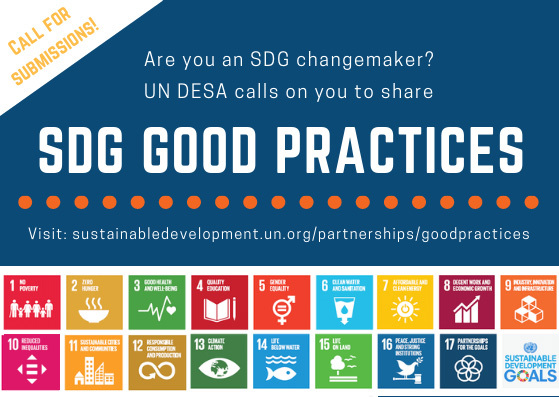

Timeline
Entity
Region
- Asia and Pacific
Geographical coverage
Photos
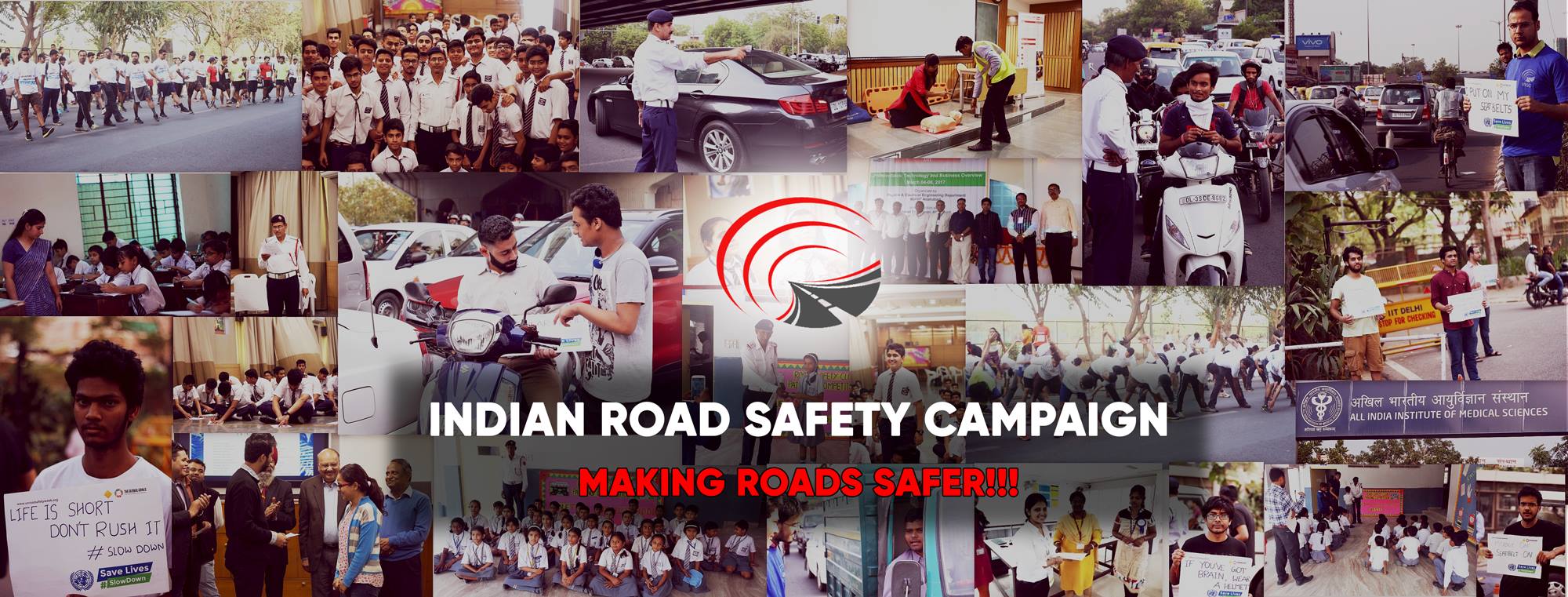
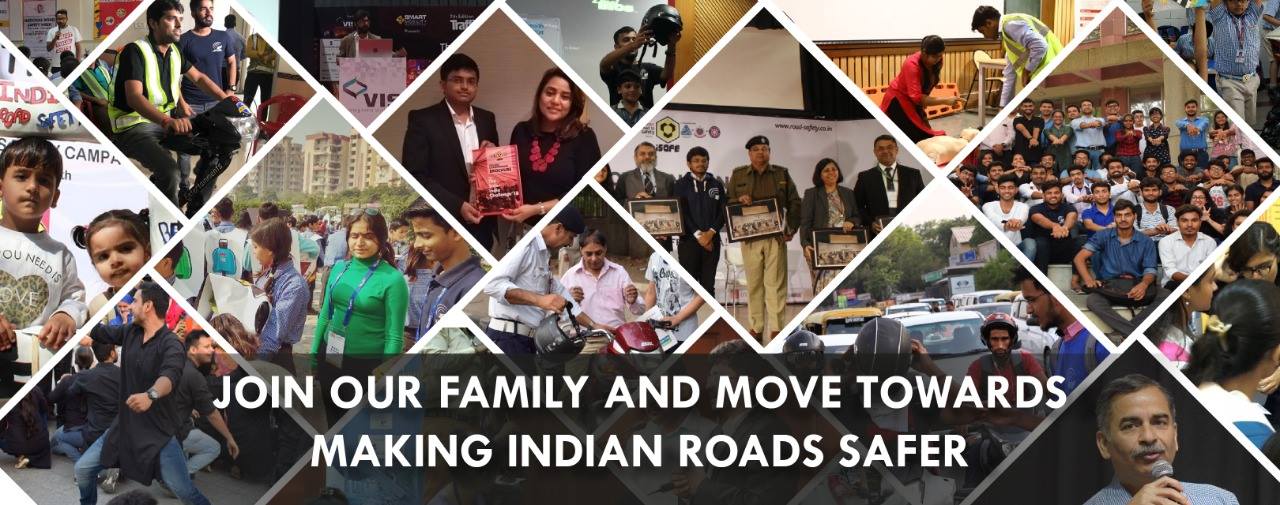
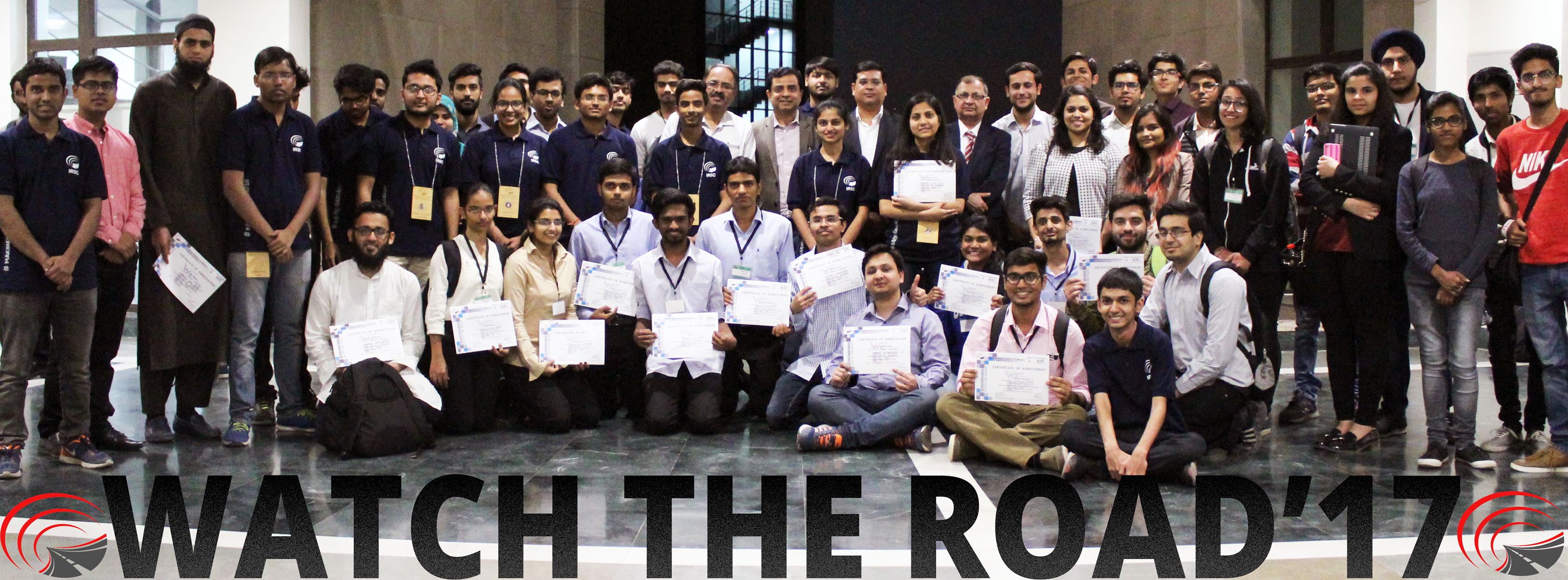
Website/More information
Countries
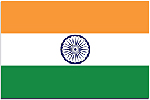
Contact Information
Amar Srivastava, Founder and President
